Glow In The Dark Tattoo: 6 Key Insights On Safety, Cost, & Care
Master the art of glow-in-the-dark tattoos and balance between style and safety. shine through your way, literally.

Image: Shutterstock
Glow-in-the-dark tattoos are revolutionizing the way we think about body art. This innovative tattoo style allows for a subtle look by day and a stunning glow when the lights go off. These tattoos are perfect for those who want to showcase a sense of dual personality through body art. They are for moments when you want to stand out, offering a unique way to light up a room without saying a word.

This guide covers all the must-know details about glow-in-the-dark tattoo ink. We discuss the safety concerns, the costs involved, how long you can expect the glow to last, and how these tattoos stack up against UV tattoos. We also explore potential side effects and the best styles for showing off your glowing masterpiece. Whether you are a seasoned tattoo enthusiast or considering your first ink, understanding these glowing tattoos will help you make an informed decision. So, let us take a look at these tattoos that make a statement in the dark.
In This Article
Is Glow-In-The-Dark Tattoo Ink Safe?
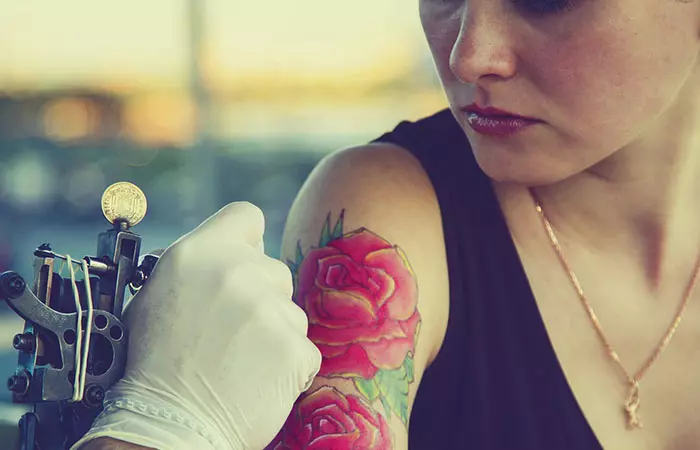
When getting a glow-in-the-dark tattoo, the first question on most people’s minds is: “Is it safe?” This is a smart and important question to ask. The short answer is that today’s glow-in-the-dark tattoo inks are generally considered safe for most people. However, there are a few things you should keep in mind.
Modern tattoo inks that glow in the dark have come a long way since safety was a more significant concern. Nowadays, these inks are usually free from phosphorus, a substance that used to be common but raised health concerns. These included skin issues such as severe blistering and rashes, and sometimes even had carcinogenic effects, according to anecdotal evidence. This is why now professional tattoo artists use inks that are reactive to UV light without being harmful.
That said, as with any tattoo, there is always a small risk of an allergic reaction or potential health risks (1). This is why going to a reputable tattoo studio that uses high-quality ink is crucial. They should be able to provide clear information about the ink they use and perform a patch test to ensure your skin does not react negatively, especially if you have any skin conditions.
Remember, safety is not just about the immediate effects or the tattooing process. Many of those who get glow-in-the-dark tattoos, or any tattoos for that matter, are not properly aware of the entire healing process and the correct aftercare methods to make it smooth. So, while these tattoos are generally safe, taking the proper precautions and aftercare steps can go a long way in preventing any issues and keeping your tattoo looking great.
 Did You Know?
Did You Know?Now that your safety concerns have been answered, let us look at the cost of these amazing tattoos.
Key Takeaways
- Glow-in-the-dark tattoos offer a subtle look by day and a luminous appearance by night.
- They typically cost 20-30% more due to specialized ink and artist skills.
- The glow effect can last several years with proper care and sun protection.
- Potential side effects include mild skin reactions and rare phototoxic responses.
- Styles with bold graphics and clear outlines maximize the glowing effect.
- Choosing a reputable artist and following aftercare is crucial for safety.
Glow-In-The-Dark Tattoo Ink Price

Glow-in-the-dark tattoos often come with a higher price tag than your standard ink. Why? It is about the ink itself and the specialized skill required to ink it properly.
The price of a glow-in-the-dark tattoo can vary depending on several factors. The size and complexity of your design definitely play a significant role. A small, simple design will cost less than a large, intricate piece. Additionally, the experience and popularity of the tattoo artist can influence the cost. Renowned tattoo artists with a track record of stunning glow-in-the-dark work may charge more for their expertise. It is also important to keep in mind that costs may vary depending on geographical location, with urban studios usually charging more than rural ones. Also, the ink and vibrant colors used for these are different from traditional tattoo ink, making it more expensive.
On average, you are looking at a premium of around 20-30% more than a regular tattoo of similar size and complexity. It is important to discuss the pricing with your chosen artist beforehand so you have a clear understanding of the investment you are making for your glowing piece of body art.
Remember, with a glow-in-the-dark tattoo, you are not just paying for a tattoo—you are investing in a piece of art that will shine in a way that traditional tattoos cannot.
So, while it may be a bit pricier, the unique effect can make it well worth the extra cost.
Next, take a look at how long the ink of the glow-in-the-dark tattoos last.
How Long Does Glow-In-The-Dark Tattoo Ink Last?
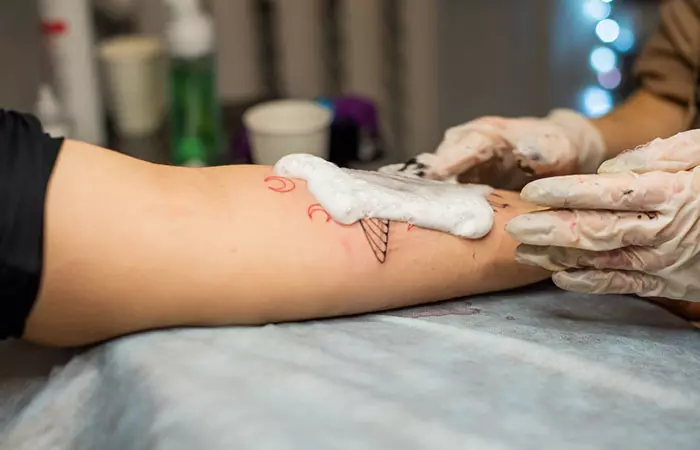
Like any tattoo, the glow-in-the-dark variety is permanent — the design will be on your skin forever. But when we talk about “lasting,” we are really talking about the glow, the main feature that sets these tattoos apart.
The brightness and longevity of the glow depend on the ink quality and your tattoo artist’s technique. Right after you get your tattoo, the glow will be at its most vibrant. Over time, as with all tattoos, the ink can start to fade, and the glow may not be as intense as it was initially. In addition, frequent touch-ups help maintain the brightness and vibrancy of the glow. Talk to your tattoo artist about the best maintenance procedures to ensure that your design will look great for many years to come.
With proper care, the glow can last several years. Sun exposure is one of the leading causes of tattoo fading, so take special care to keep the tattoo out of the sun. When sun exposure is unavoidable, using a good sunscreen lotion is a must to gain long-term effects and glow. In addition, keep the tattoo moisturized using fragrance-free, skin-type specific lotions or creams. While you should clean your tattoo with a mild, antibacterial soap, you should avoid overmoisturizing it or keeping it damp for too long. Also, you should avoid soaking in water bodies, like baths or swimming pools, until it has completely healed.
Overall, if you take care of your glow-in-the-dark tattoo by following the proper aftercare instructions of experienced tattoo artists, you can expect the glow to last a good number of years. Even as the luminescence fades, the tattoo retains its memory.
However, despite the positives and the coolness of a glow-in-the-dark tattoo, it is essential to know about its possible side effects before getting one. Check it out in the next section below.
Side Effects Of Glow-In-The-Dark Tattoo Ink
The good news is that serious side effects are rare, but it is important to note that any tattoo can have certain potential risks, especially if your skin is sensitive.
- Skin Reactions: A minor skin reaction is the most common side effect of a glow-in-the-dark tattoo. This can include redness, swelling, or itching at the tattoo site. These symptoms are typically short-lived and can often be managed with proper aftercare measures. In some cases, individuals may experience an allergic reaction to the ink used, although this is less common with the newer, safer inks on the market.
- Infections: As with any tattoo, there is also the risk of infection if the tattooing equipment is not sterile or the aftercare instructions are not followed correctly. Practicing good hygiene and following your tattoo artist’s guidance are crucial to mitigating this risk.
- Phototoxic Reactions: The tattooed skin may react to direct exposure to sunlight, leading to discomfort and possibly a rash. It is a rare occurrence but can happen due to the photo-reactive nature of the ink used in these tattoos.
- Interference With Medical Procedures: Although infrequent, there is a chance that the tattoo could affect the results of an MRI scan (2). Some tattoo inks contain metals that might interact with the MRI’s magnetic field, causing a warming sensation on the tattooed area. In rare cases, they may distort the imaging results.
Before deciding on a glow-in-the-dark tattoo, discussing any skin sensitivities or allergies with experienced tattoo artists is a good idea. They can often conduct a patch test to ensure your skin reacts well to the ink. By taking these precautions, you can enjoy your glowing art piece with peace of mind.
It is worth noting that these side effects are not unique to glow-in-the-dark tattoos and can also occur with different types of tattoo inks. However, being aware of these potential issues helps you make a fully informed decision and ensures you are prepared for any rare complications. Always choose a qualified and experienced tattoo artist and discuss any concerns before getting inked. Talk to them about the ink they use. Choose a glow-in-the-dark tattoo ink that is made especially for skin application and comes from a reliable company. Look for inks that have undergone safety testing and adhere to health regulations.
 Trivia
TriviaNow that we have discussed all you need to know about glow-in-the-dark tattoos, let us take a look at what styles work best for you. Learn about it in the section below.
What Types Of Glow-In-The-Dark Tattoo Styles Work Best?
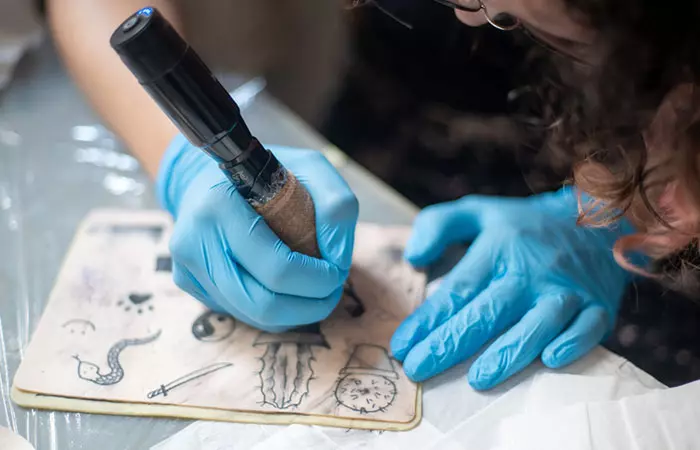
It is crucial to assess ‘what tattoo should I get,’ as this will allow you to choose the perfect piece of body art that resonates with your personal style mantra. However, some designs truly capitalize on you, such as glow-in-the-dark tattoos, thanks to their ink’s unique properties, and will keep you captivated with their distinctive appearance. Choosing the right style for a glow-in-the-dark tattoo is key to getting the most out of that distinctive luminous effect. Some designs truly capitalize on the ink’s unique properties and will keep you captivated with their nighttime glow.
- Bold Graphic Designs: These tattoos with clear outlines and strong contrasts work best. Think of cosmic scenes, celestial bodies, or anything that naturally emits light. These graphic tattoo designs tap into the ink’s potential and create a stunning visual impact when the lights go dim. However, the list is endless when it comes to graphic tattoos. Hence, ensure you carefully navigate your choices before deciding on the design.
- Biomechanical Or Futuristic Art: These visible tattoos can give the impression of glowing energy or machinery beneath the skin, amplified in the dark when the tattoo glows, providing a striking 3D illusion.
- Minimalist Patterns: Simpler designs, like geometric shapes and patterns, also stand out with glow-in-the-dark ink. They offer a subtle and sophisticated look by day that transforms into an intricate light show by night.
- Nature-Themed Designs: Beyond the cosmic scenes and geometric designs, glow-in-the-dark tattoos can incorporate various other styles to create mesmerizing effects. For instance, fireflies in a jar, a moonlit landscape, or even a simple lightning bolt, can leverage the glow to mimic natural light phenomena on your skin.
- Animal Motifs: These can also be a hit, especially those that are known for their luminosity or eyes that naturally catch the light, such as cats’ eyes or jellyfish. Having these creatures inked with glow-in-the-dark tattoo ink can bring an extra layer of realism and intrigue to the artwork.
- Abstract Art: Abstract shapes also play well with glow-in-the-dark ink. Swirls, splatters, and brush strokes can create a dynamic and fluid appearance that seems almost alive in the dark. It is a way to turn your body into a canvas showcasing a hidden art piece after sundown.
- Text Tattoos: These can also be given a subtle twist with this type of ink. Imagine a meaningful quote or a single word that only reveals itself in darkness, creating a personal and mysterious statement.
- Cryptic Art: Cultural symbols and icons associated with light or have a mystical quality can be transformed into compelling glow-in-the-dark tattoos. This could include religious symbols, alchemical signs, or runes that hold special meaning and become illuminated in a new way.
Remember, the key to a successful glow-in-the-dark tattoo is not just the style but also the placement. Areas that receive less sunlight will help preserve the glow and keep your tattoo looking brighter for longer. So, when planning your design, think about how and where your tattoo will shine its brightest.
Overall, the best glow-in-the-dark tattoo designs play with the concept of light and visibility, adding an element of surprise and secret depth to your chosen artwork.
Next, let us take a look at the differences between a glow-in-the-dark tattoo and a UV tattoo. Check it out in the next section.
Glow-In-The-Dark Tattoo Vs. UV Tattoo
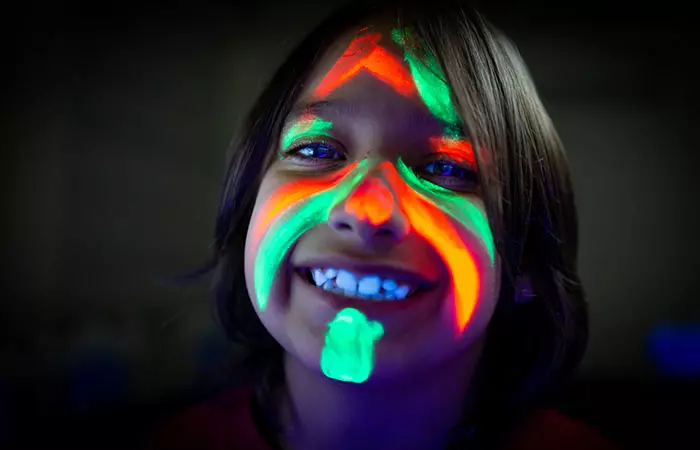
Both glow-in-the-dark tattoos and UV ink tattoos are pretty spectacular but have distinct characteristics that might sway your choice.
A glow-in-the-dark tattoo absorbs and stores light, then releases it, creating a glowing effect in complete darkness without any light source. It is like the glow of fireflies on a summer night—silent yet stunning. This type of tattoo is perfect for those who want a subtle design by day and a private light show by night.
On the flip side, ultraviolet tattoos or blacklight tattoo inks are invisible in normal light and only become visible under ultraviolet light. This means these invisible tattoos remain hidden from regular lighting until you are under UV light, often found in nightclubs or at certain events. UV tattoo inks or black light tattoos are a hit for party-goers who want to make a statement that is only seen under specific conditions.
There is a notable contrast between the durabilities of glow-in-the-dark tattoos and UV tattoos. Glow-in-the-dark tattoos have a shorter lifespan than UV tattoos and fade faster over time. Glow-in-the-dark tattoos tend to gradually decline in their glow-in-the-dark effect, meaning they will dim slowly with age. The tattoo itself will remain visible under normal light, but the luminescent effect during the dark hours will lessen.
In contrast, UV tattoos maintain their ability to react to blacklight for longer, provided the ink quality is top-notch and proper aftercare measures are taken. However, the ink in UV tattoos may sometimes change color or become slightly more visible in normal light as it ages due to the nature of the fluorescent pigments used. Both types of tattoos will evolve on your skin over time. Your glow-in-the-dark tattoo may need a “recharge” of sorts with touch-ups to maintain its nocturnal brilliance, while a UV tattoo might call for careful upkeep to preserve its blacklight responsiveness.
Glow-in-the-dark and UV tattoos use inks that react to light differently and offer unique experiences. The choice between the two boils down to when and where you want your tattoo to be seen: in absolute darkness or under a blacklight. On this note, exploring different UV tattoo designs can be a journey of creative discovery. These tattoos, with their range of ideas from subtle to elaborate, can inspire you to light up your style in unexpected and imaginative ways.
It is clear that these unique pieces of body art offer more than just visual appeal. Glow-in-the-dark tattoos are unique tattoos that reveal their full effect at night. They offer a creative way to express your individuality and are available in different designs, such as celestial, bio-luminescent, and abstract patterns.
If you are considering taking the plunge, remember that these tattoos, like all, call for responsible choices. Choosing competent and reputable tattoo artists, understanding the care involved, and weighing any potential risks are crucial. The price might be slightly higher, and the glow’s intensity may wane with time, but the unique flair it adds to your persona is priceless. If your heart is set on something that intertwines mystery with beauty, a glow-in-the-dark tattoo can be an excellent expression of your personality.
Frequently Asked Questions
Are glow-in-the-dark tattoos temporary?
No. Glow-in-the-dark tattoos are typically not temporary; they are permanent tattoos containing a special ink that glows after exposure to light and then viewed in the dark. The effect is achieved through inks responsive to ultraviolet (UV) light, not by the temporary tattoo.
What are glow-in-the-dark tattoos made of?
The ink used for glow-in-the-dark tattoos is usually made from compounds that react to light, such as phosphors. These phosphors can absorb and emit light over time, creating the glow effect. It is important to note that modern glow-in-the-dark tattoos often use inks free from phosphorus due to safety concerns.
How do you remove temporary glow-in-the-dark tattoos?
Use baby oil, coconut oil, or olive oil to remove glow-in-the-dark tattoos. Rub it off or use tape. Use warm water and soap to dissolve the adhesive.
Do white tattoos glow in the dark?
No. White tattoos do not inherently glow in the dark. However, UV tattoos can appear white or nearly invisible under standard lighting and then glow under black light due to the properties of the ink used. The glow effect is not a result of the tattoo ink’s color but its ability to react to UV light.
What does a glow-in-the-dark tattoo look like?
A glow-in-the-dark tattoo, under normal conditions, might look like a regular tattoo or be nearly invisible, depending on whether the ink is UV-reactive or not. In the dark, however, after being charged with light, it emits a glowing effect that highlights the design chosen, making it stand out vividly against the skin.
Illustration: Glow-In-The-Dark Tattoo Ink: What You Need To Know
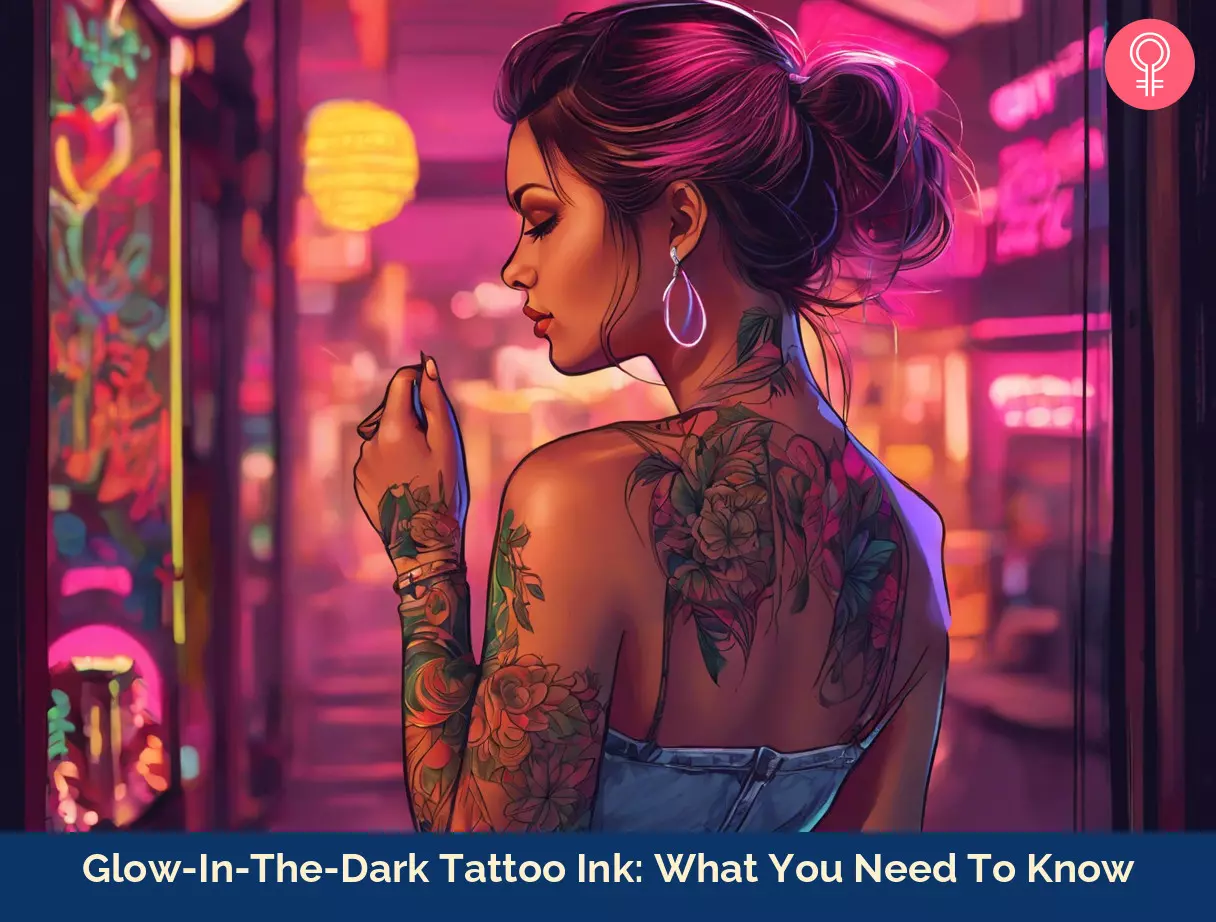
Image: Stable Diffusion/StyleCraze Design Team
Glow-in-the-dark tattoos are all the rage now and they come with their own safety and precautionary measures. This informative video shares an experienced tattoo artist’s views on getting a glow-in-the-dark tattoo. Scroll down to watch it.
References
Articles on StyleCraze are backed by verified information from peer-reviewed and academic research papers, reputed organizations, research institutions, and medical associations to ensure accuracy and relevance. Read our editorial policy to learn more.
- Systemic Infections Associated With Tattoos Or Permanent Makeup: A Systematic Review
https://pubmed.ncbi.nlm.nih.gov/33902933/ - Tattoo-Induced Skin “Burn” During Magnetic Resonance Imaging in a Professional Football Player
https://www.ncbi.nlm.nih.gov/pmc/articles/PMC3445217/
Read full bio of Rodrigo Casco
Read full bio of Aparna Harry
Read full bio of Shatabdi Bhattacharya
Read full bio of Pahul Nanra






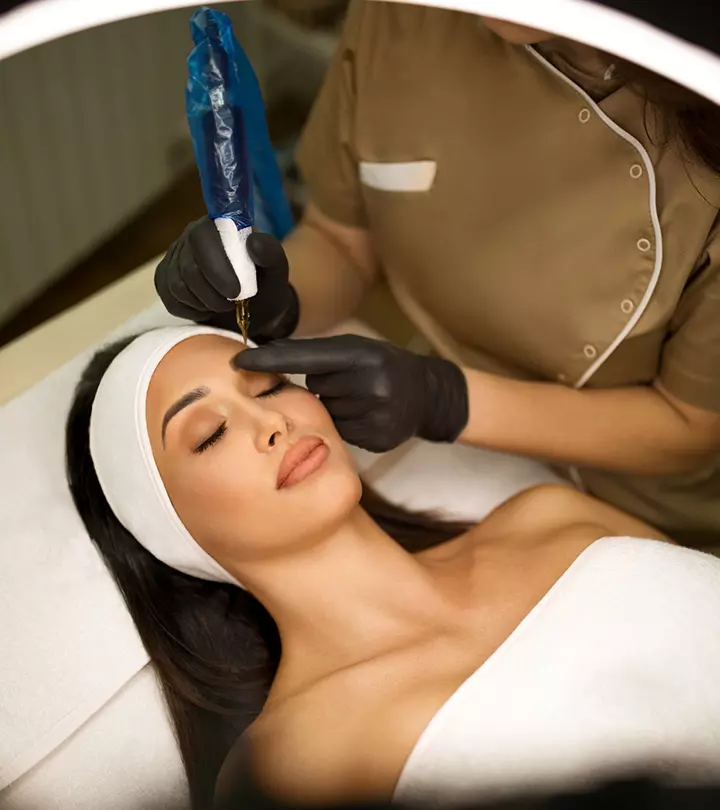



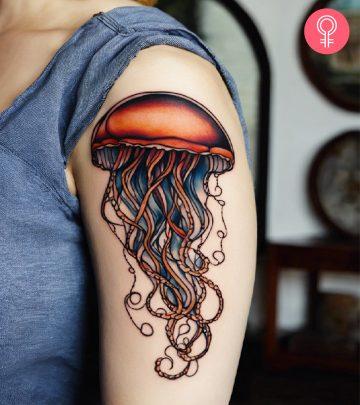



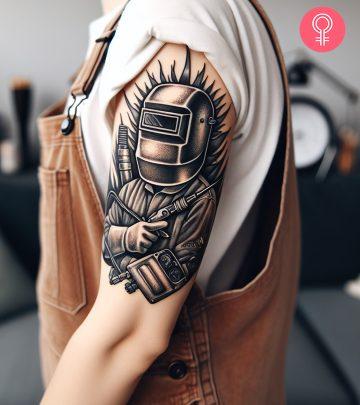
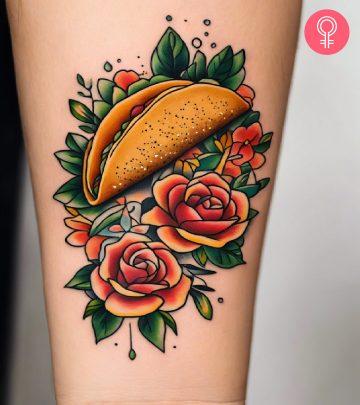
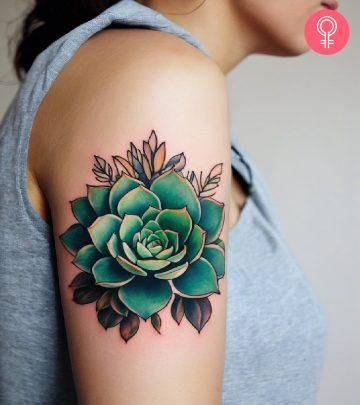
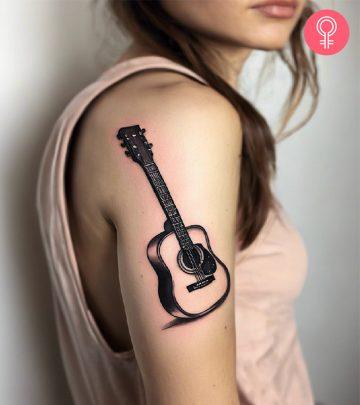

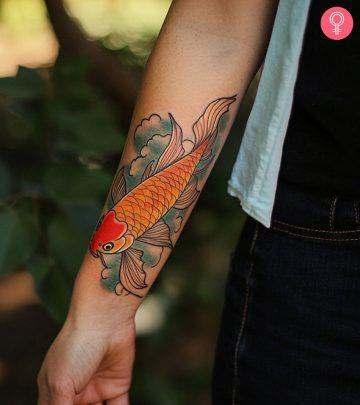




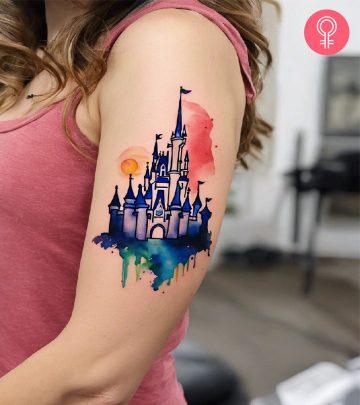

Community Experiences
Join the conversation and become a part of our empowering community! Share your stories, experiences, and insights to connect with other beauty, lifestyle, and health enthusiasts.